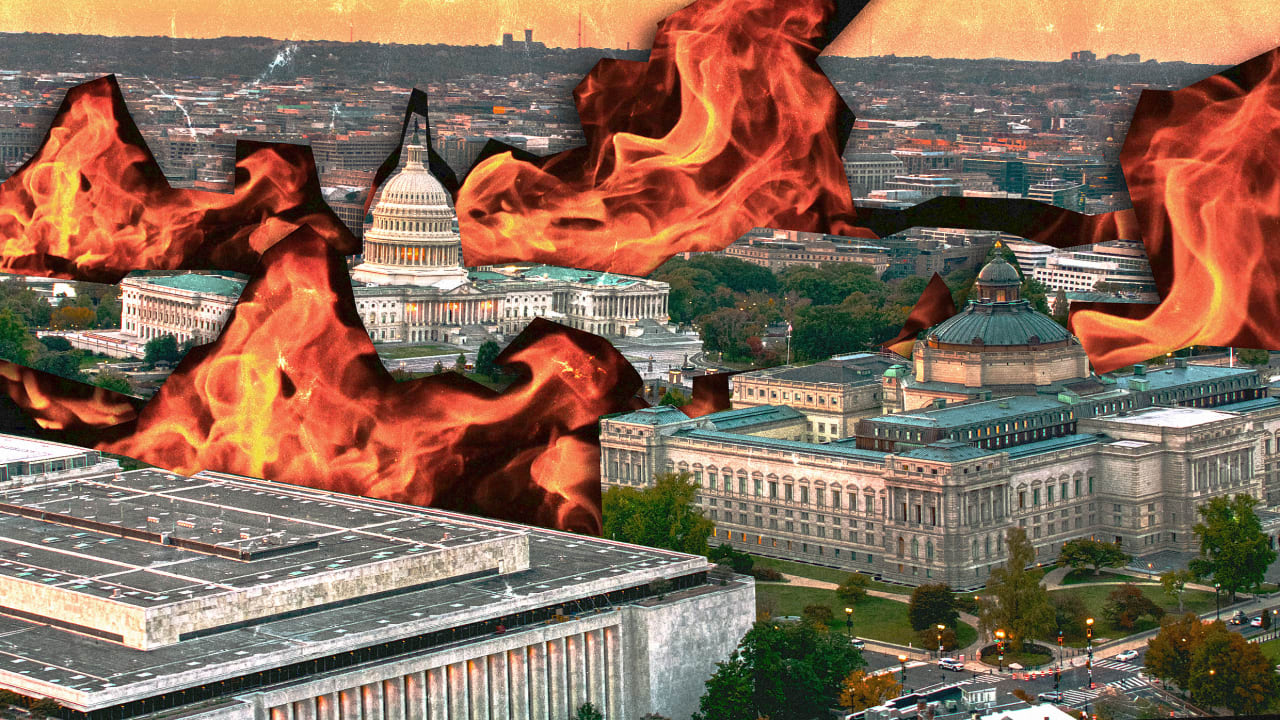Aurora borealis forecast: Northern lights may be visible in 15 states tonight. Here’s the best time to see them
If you missed the northern lights, or aurora borealis, earlier this month, you may have a second chance tonight, Wednesday, June 25, when they may be visible in some 15 U.S. states. The National Oceanic and Atmospheric Administration (NOAA) forecasts the next possibility for viewing the northern lights is Wednesday night, with best viewing from Alaska to South Dakota. The agency’s three-day forecast is predicting G1 to G2 geomagnetic storms (on a scale of G1 to G5), which are considered minor to moderate. A stream of solar wind from a coronal hole on the sun is likely to create auroras, or swaths of blue, green, and purple in the sky, when it reaches Earth. Where and when will the northern lights be visible? According to this map from NOAA’s Space Weather Prediction Center, a total of 15 states are in the line of view for the auroras, with Alaska and the northernmost states expected to have the best visibility on Wednesday, June 25. The states are: Alaska, Minnesota, Montana, North Dakota, Michigan, Maine, New York, Vermont, Wisconsin, New Hampshire, Wyoming, South Dakota, northern Idaho, Iowa, and Washington. However, since we just experienced the summer solstice, which brings the longest days of the year, and therefore, the shortest nights, viewing may be hampered with fewer hours of night sky in some areas. The aurora borealis is best observed just after sunset or just before sunrise. Don’t worry if you aren’t able to see the northern lights this week—NOAA predicts activity will remain high through 2025 and 2026. This year’s increased solar activity is likely the result of an 11-year sun cycle peaking through October. You can track the aurora on NOAA’s page, where the agency is providing updates.

If you missed the northern lights, or aurora borealis, earlier this month, you may have a second chance tonight, Wednesday, June 25, when they may be visible in some 15 U.S. states.
The National Oceanic and Atmospheric Administration (NOAA) forecasts the next possibility for viewing the northern lights is Wednesday night, with best viewing from Alaska to South Dakota. The agency’s three-day forecast is predicting G1 to G2 geomagnetic storms (on a scale of G1 to G5), which are considered minor to moderate. A stream of solar wind from a coronal hole on the sun is likely to create auroras, or swaths of blue, green, and purple in the sky, when it reaches Earth.
Where and when will the northern lights be visible?
According to this map from NOAA’s Space Weather Prediction Center, a total of 15 states are in the line of view for the auroras, with Alaska and the northernmost states expected to have the best visibility on Wednesday, June 25.
The states are: Alaska, Minnesota, Montana, North Dakota, Michigan, Maine, New York, Vermont, Wisconsin, New Hampshire, Wyoming, South Dakota, northern Idaho, Iowa, and Washington.
However, since we just experienced the summer solstice, which brings the longest days of the year, and therefore, the shortest nights, viewing may be hampered with fewer hours of night sky in some areas.
The aurora borealis is best observed just after sunset or just before sunrise.
Don’t worry if you aren’t able to see the northern lights this week—NOAA predicts activity will remain high through 2025 and 2026. This year’s increased solar activity is likely the result of an 11-year sun cycle peaking through October.
You can track the aurora on NOAA’s page, where the agency is providing updates.
































































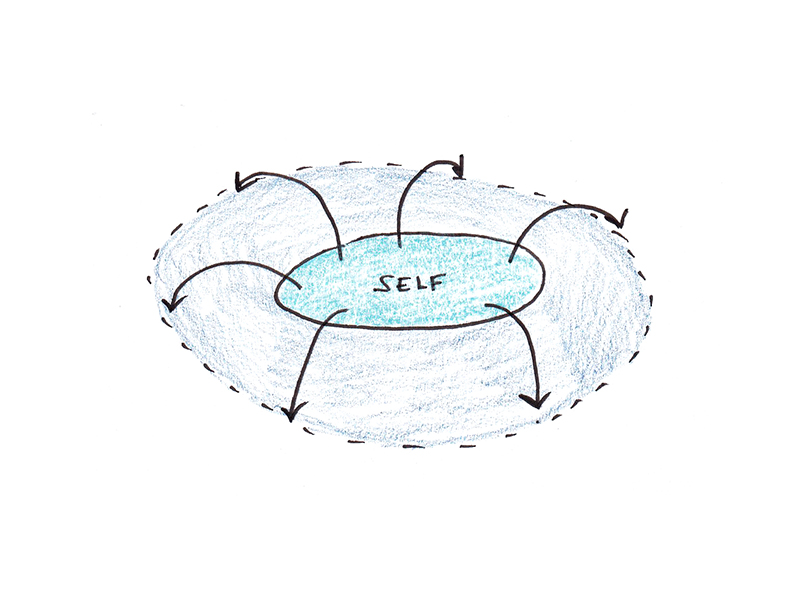

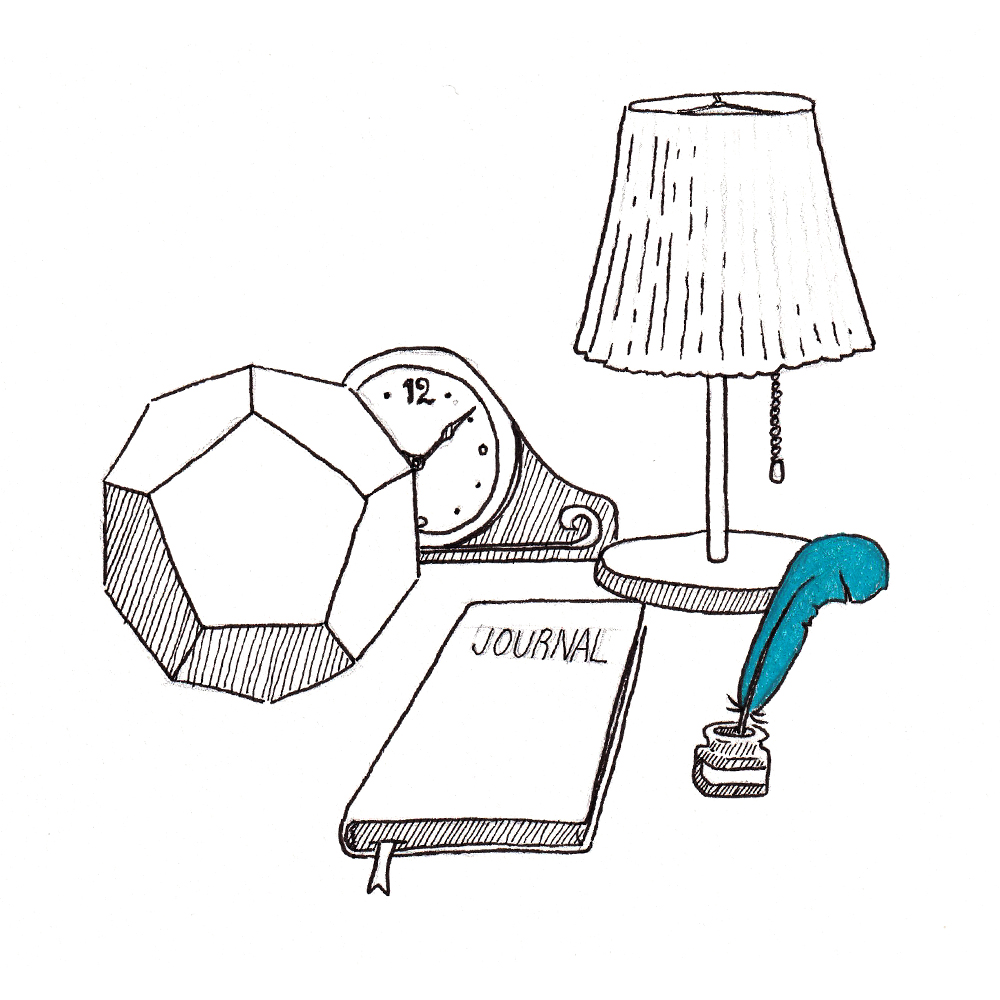




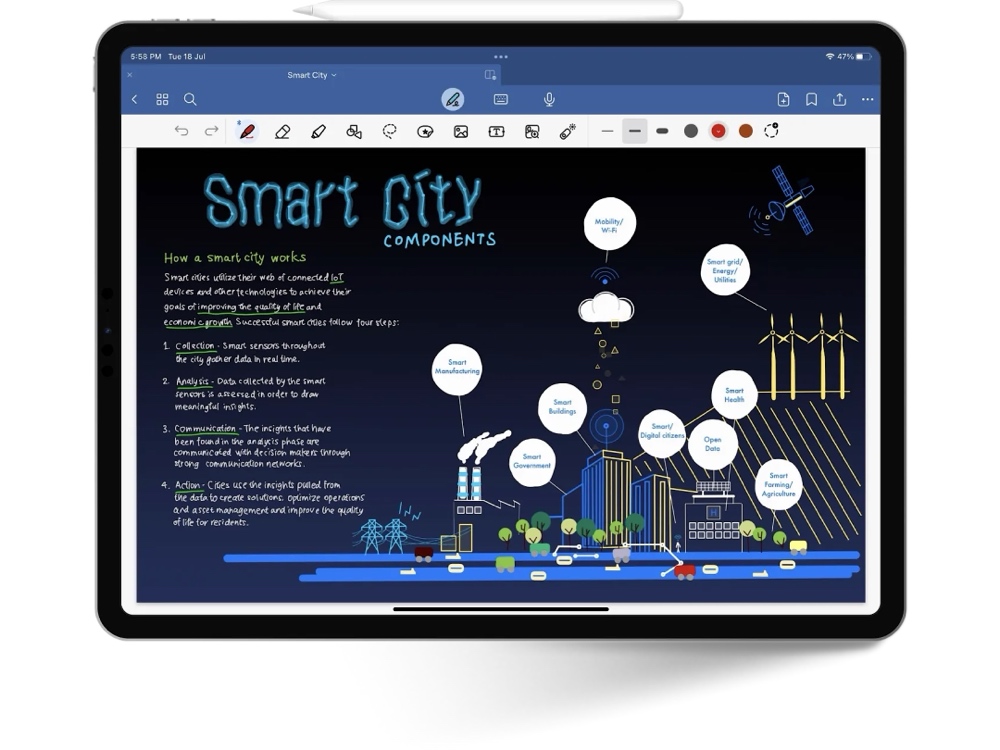



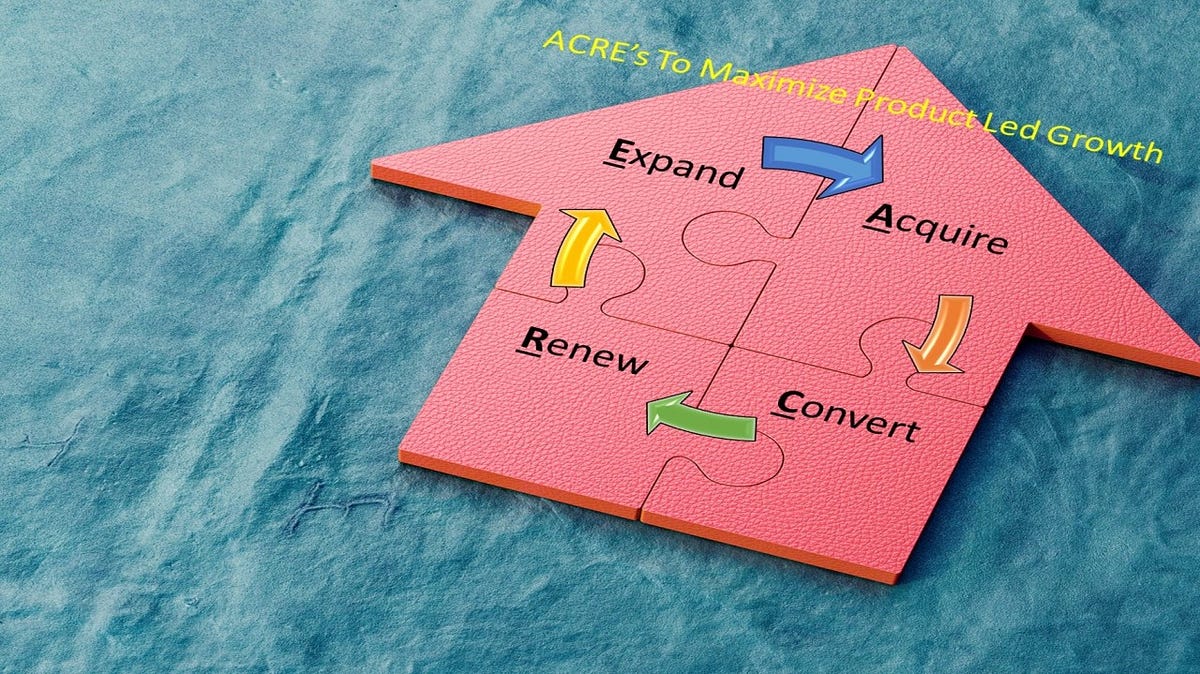

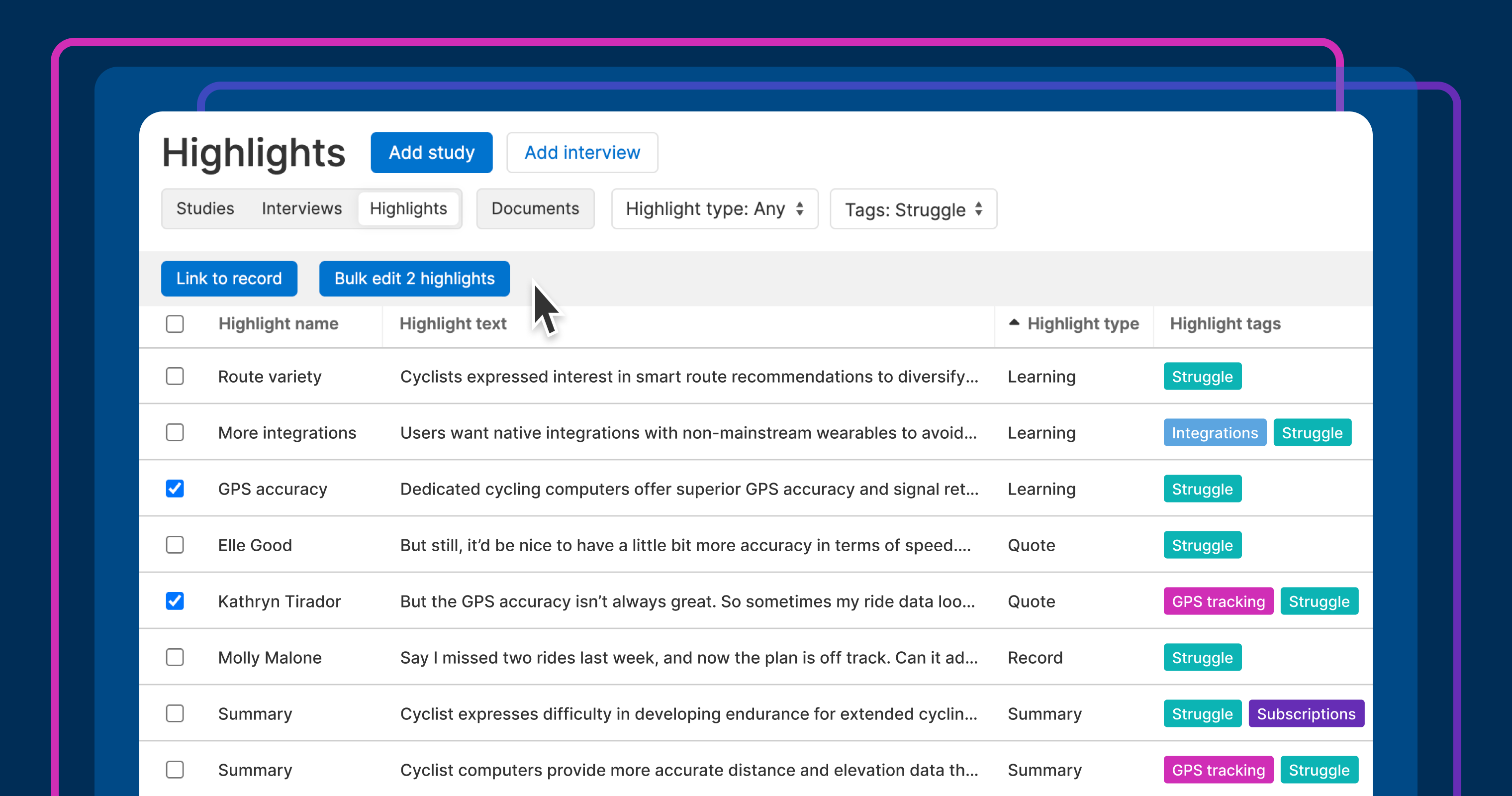


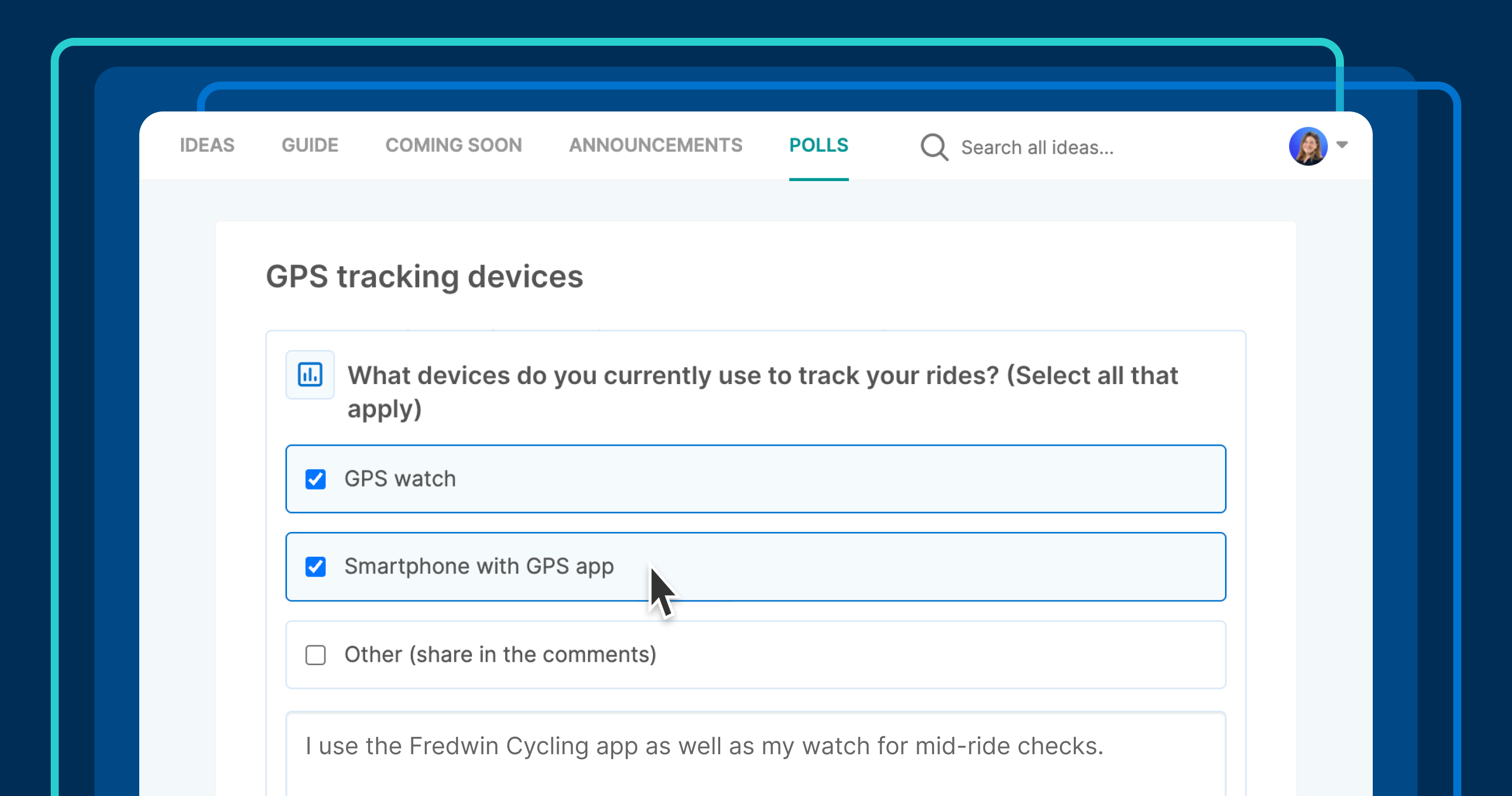


















![Building A Digital PR Strategy: 10 Essential Steps for Beginners [With Examples]](https://buzzsumo.com/wp-content/uploads/2023/09/Building-A-Digital-PR-Strategy-10-Essential-Steps-for-Beginners-With-Examples-bblog-masthead.jpg)












































